Here’s the next in our series of guest blog posts graciously provided by our friends at the Winchester Arms Collectors Association (WACA).
We always encourage our customers and followers to get out there and make new memories with their old guns. And because there’s always a story attached to their classic lever action or side by side, we hope they build on that history with their own experiences. WACA member Larry Bowers, Col. USAF (Ret), #10769 is doing just that with his prized Winchester Model 1886, originally built in 1894. The cherished lever gun was once his grandfathers, passing to Larry’s hands through his dad.
WACA is a not-for-profit, tax-exempt corporation with a worldwide membership of over 3,000. The members are devoted to the preservation, understanding and collecting of Winchester firearms and related products as well as the role these products had in forging America’s heritage. As WACA members ourselves, we’re proud to play our part in this mission.
Our goal with this guest blog series is to share WACA members’ outstanding knowledge and passion for Winchester firearms. We will share articles aimed at informing Winchester owners and enhancing their collecting experience, along with personal stories and memories related to Winchester firearms that we hope will resonate with you as much as they do with us.
And with that, here’s our next WACA guest post. We encourage your thoughts in the comments section below.
Grandad’s Bear Rifle
By Larry Bowers, Col. USAF (Ret), #10769
I’ve been a gun collector for many years but I have one special gun I’d like to tell you about. The rifle is a Winchester Model 1886 chambered in .40-82 WCF and it was made in 1894. It has a 26-inch round barrel and is in decent shape, but shows wear from many years of use. The only thing unusual about it is that the case-hardened receiver is engraved “Arapahoe County”. As a kid, I went through every state in our 1973 World Book Encyclopedias (this was way before Mr. Gore invented the internet) and I learned the only Arapahoe County in the U.S. is in Colorado. Denver was the County seat of Arapahoe County until 1903…but I digress, I was telling you about the rifle.
It was given to my father, Okey J. Bowers Jr. (born in 1927) by his dad, Okey J. Bowers (1904–1967). Dad had built his home near Cheat Lake, West Virginia (North of Morgantown), on the family farm and Grandad thought the rifle would look nice above the mantle of the stone fireplace they had built in the house. It never made it above the fireplace and Dad hung a framed violin above the mantel instead—I’d never have done that! Later the rifle just leaned in the corner of our garage after we moved to Bridgeport, West Virginia. I often played with it when I was young since Dad said “you can’t get ammo for it.” I remember it was a very heavy rifle. I’d cycle the lever while aiming it and imagining I was hunting and shooting like Grandad.
My Dad said Grandad had gotten the gun from a man named Amos Lewis who also lived near Cheat Lake. Grandad had traded a Parker 10 gauge “Hammer Double” shotgun for it sometime before World War II. The only information I could find about Amos Westley Lewis was his Monongalia County death certificate. It stated he was born in Maryland in 1867 and died in 1944 at the age of 77. Dad said Amos had been a miner and timber man out West before coming back East. Many years later when I was detail cleaning the gun, I found a note under the buttplate and it read: This rifle is the property of Amos Lewis, 1935. I have no idea how Amos got the rifle but assume he brought back with him from his adventures “out West.” The note is still under the buttplate.
(Related: Winchester Model 1886 restoration examples)
I was curious about the rifle’s history and decided to splurge on a factory letter from the BBHC in 1989. The letter cost $35, and at the time it seemed like a lot of money on a lieutenant’s salary to spend on a piece of paper. I waited impatiently for the letter to arrive and was a little disappointed when it told me little more than the rifle was in the original configuration, the shipping date and a reference to a purchase order number. It did mention the Arapahoe County engraving however, and I learned the rifle was originally ordered by the Arapahoe County Sheriff’s office. Please see the sidebar for “the rest of the story.”
The rifle was in pretty sad shape from years of neglect. There was some light rust, crusted grease and dirt but the worst damage had been done by “some kid” who had dropped it cracking the stock at the wrist and bending the original rear sight beyond repair. Thankfully, I didn’t attempt to repair it until much later in life and my gunsmithing skills had greatly improved. Brownell’s Acraglas fixed the stock crack and I finally found a correct Winchester buckhorn rear sight at a gun show. I detail stripped the gun to remove the dirt and preserve the original finish and patina. The bore was a little rough and showed wear but I really wanted to shoot the rifle.
It took a few years but I finally found an original 1894 Winchester reloading tool and correct Winchester mold to cast bullets and reload ammunition for it. I was ready to shoot the rifle after casting and lubricating some 260 grain lead bullets. The first few shots hit sideways and in random locations. I discovered shooting wasn’t going to be as easy as I hoped. The original loading equipment wasn’t helping so I needed to invest in proper tools!
I special ordered RCBS reloading dies in .40-82 WCF and tried the same cast bullets—and achieved the same terrible results. I measured the bullets and found that from the Winchester mold they were .406-inch diameter and after slugging the bore found it to be .408. It is well known that undersize cast bullets won’t shoot well. Also, many of the cartridge cases had split when they were fired so I annealed the ones that survived to prevent that in the future. I bought a couple boxes of custom .408 jacketed bullets to try. Happily, the combination worked very well and the rifle produced two-inch groups with the sights centered on the target at 75 yards. I finally had a combination I could hunt with!
I took the rifle with me to Montana in 2013 to hunt with a friend, Glen Myer. Glen had worked for me in Afghanistan. He was a Montana Guardsman and my senior Army enlisted. He supervised all of my soldiers and I stuck him with many less than desirable jobs. Somehow, we are still friends. Anyway, after hunting a couple days, I found Eastern Montana was very open. There was no way that I was getting within my planned 100-yard limit of a mule deer, so I carried a scoped rifle instead. It was a great trip but I got a little distracted and spent most of my time chasing pheasants with Glen!
I retired from the U.S. Air Force in 2016 and one of my goals was to hunt deer in West Virginia with Grandad’s rifle. I hunted with the rifle most of the days in the two-week fall rifle season. A friend allowed me to hunt his almost 400-acre farm and I had it mostly to myself. It was nice to hunt and walk on his beautiful farm. I saw a few small bucks but nothing I needed to shoot, so my non-resident deer tag went unfilled for 2016.
In 2017, I got to hunt the farm again and again saw a few small bucks in the first four days of the season. On Black Friday I hunted instead of going shopping. I spent the first few hours after daylight sitting against a tree in a draw where I had seen deer the day before. I saw three does and a few squirrels. It was cold so I decided to get up and walk some. The leaves were very dry so it took me about 15 minutes to cover 200 yards…then I heard a deer snort. I stopped, sat down on a log and waited while watching for the deer that I had alerted. After a few minutes, I saw a single deer walking away from me in the ravine below. Then out of the corner of my eye, I saw movement to the right, along the ridge, about 200 yards away. It was a nice buck walking and angling toward me!
It’s very thick woods where I first saw the buck and after moving only a few feet it was out of sight. A few minutes passed and again a deer snorted out in front of me. Two deer then ran directly away from me down the hill. I was disappointed to think “my” buck had run away. I waited and then saw more movement below me. It was the buck I’d seen earlier. He was walking out on a shelf on the ridge below. It was so thick that I could only see movement, so I pointed Grandad’s rifle toward the only break in the bushes I could find and hoped the buck would cross there.
I saw it moving, walking closer and then stepping into the small clearing about 50 yards away. I centered the sights just behind the buck’s front shoulder and squeezed the trigger. At the shot, the buck turned slightly away and ran down the hill about 30 yards before falling over dead. I was very excited and my heart raced like the same little kid imagined years before! A very long quest was fulfilled and I had gotten a very nice Whitetail with Grandad’s rifle!
Image source: discerninghistory.com
The City Hall War of 1894
In 1893, Denver was in the middle of a major depression. Jobs of any kind were hard to come by. Some of the most coveted jobs were in the city or government, and the people who held these jobs went to great lengths to keep them.
Governor Davis Waite had previously appointed three men to the police and fire board. These men were able to influence the hiring and firing of municipal police officers and firefighters. In late 1893, two of Waite’s appointees were acting contrary to his will. This began action by the governor to remove them from the board. The bickering between Governor Waite and the two board members continued until March 1894.
At this time, the Governor decided to forcibly remove the two police and fire board members, and several other appointees from the Denver City Hall. When the people within city Hall learned of this, they barricaded themselves and prepared for battle. A large group of Denver Police and Arapahoe County Deputy Sheriffs armed themselves and joined the others inside the building. By March 14, the entire Denver Police Force, along with a large number of deputy sheriffs, waited inside for the Colorado Infantry.
The infantry had been called out by the Governor to storm City Hall. By Thursday, March 25, 1894, the court ruled that the Governor had the authority to remove the board members, but lacked the authority to call out the Colorado Infantry. Fearing another confrontation, Sheriff Burchinell ordered 50 Winchester Model 1886 rifles in 40-82 caliber on an Arapahoe County purchase order. The guns were engraved “Arapahoe County” on the receiver. They were shipped by Winchester on July 14, 1894. State Archives records show the county paid for the rifles in September of 1894. One rifle is owned by the Littleton Historical Museum, and has been loaned to the Sheriff’s Office for display. The others are believed to be in the hands of collectors.
-Courtesy of the Arapahoe County Government/History website.
Grandad Bowers gave me my first rifle when I was six years old. It is a Winchester Model 69, a five-shot repeater in .22 Long Rifle. I still have it but that is a different story. He passed when I was seven years old. That was 50 years ago this year. He really enjoyed hunting and firearms and he helped inspire my passion for both. Although I was hunting by myself, I’m pretty sure Grandad was there with me when I shot the buck.
Reproduced with kind permission from the Winchester Arms Collectors Association (WACA). All images courtesy of WACA unless otherwise noted.
More About the Winchester Arms Collectors Association
This article was previously published in the Winter 2019 issue of The Winchester Collector. To greatly enhance your collecting experience, join the Winchester Arms Collectors Association (WACA). It’s only $50 per year, and you’ll receive our quarterly magazine with great articles on historic Winchesters and Henry rifles, along with many other member benefits such as 15 additional record searches for Cody Firearms Museum members. It’s easy to join online with a credit card by clicking here.
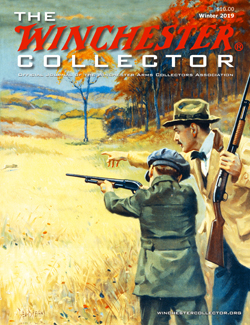
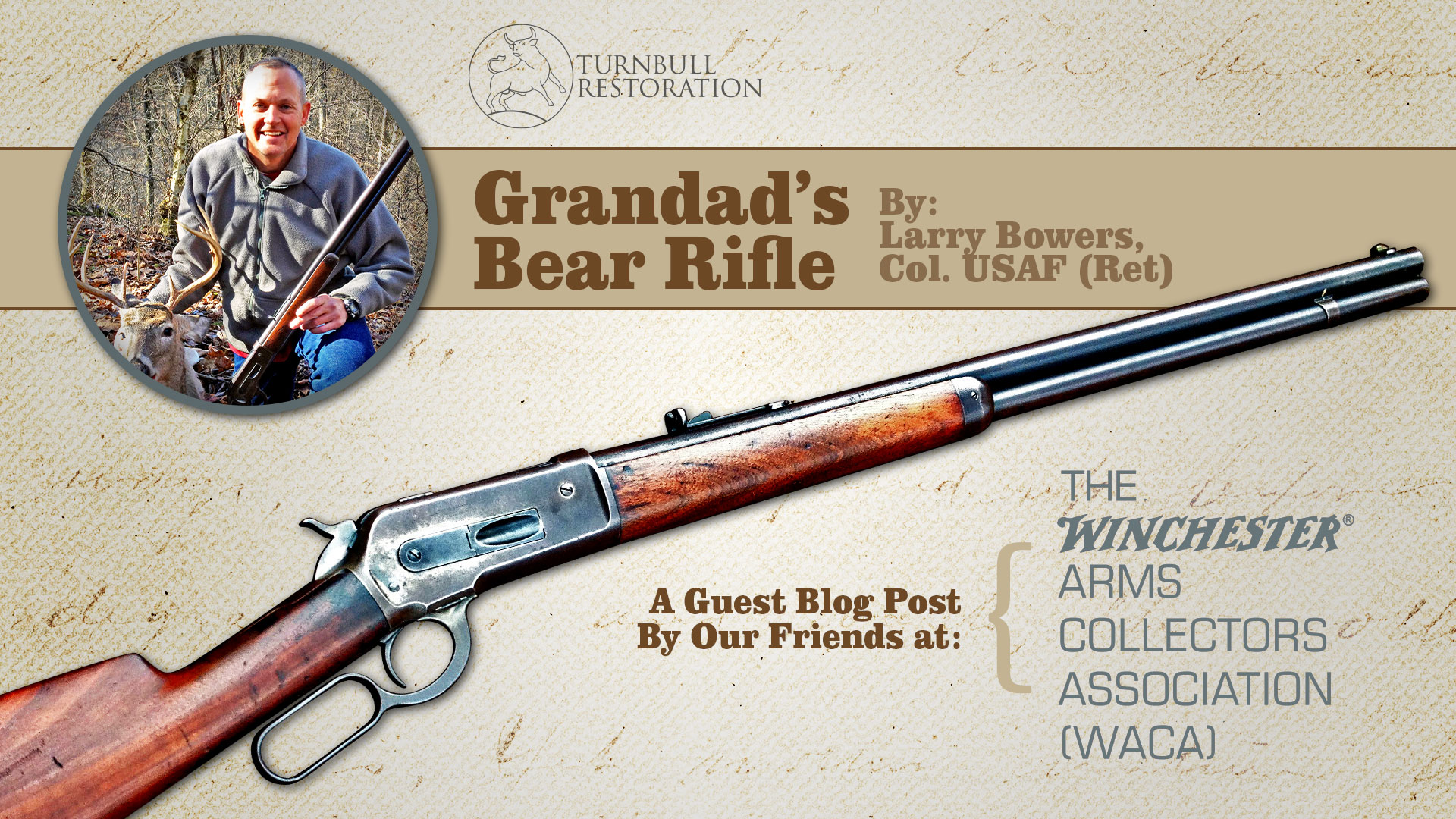
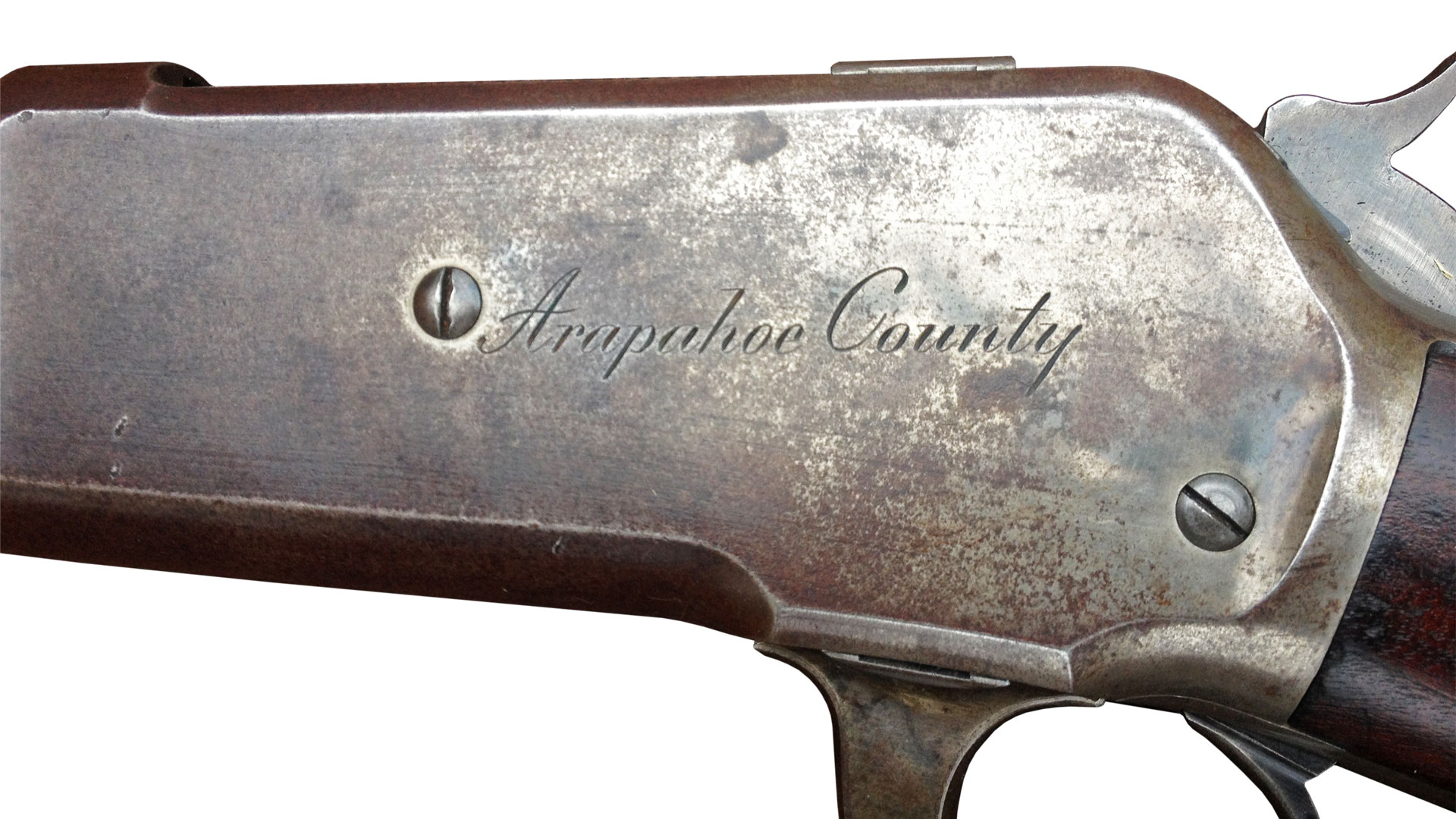
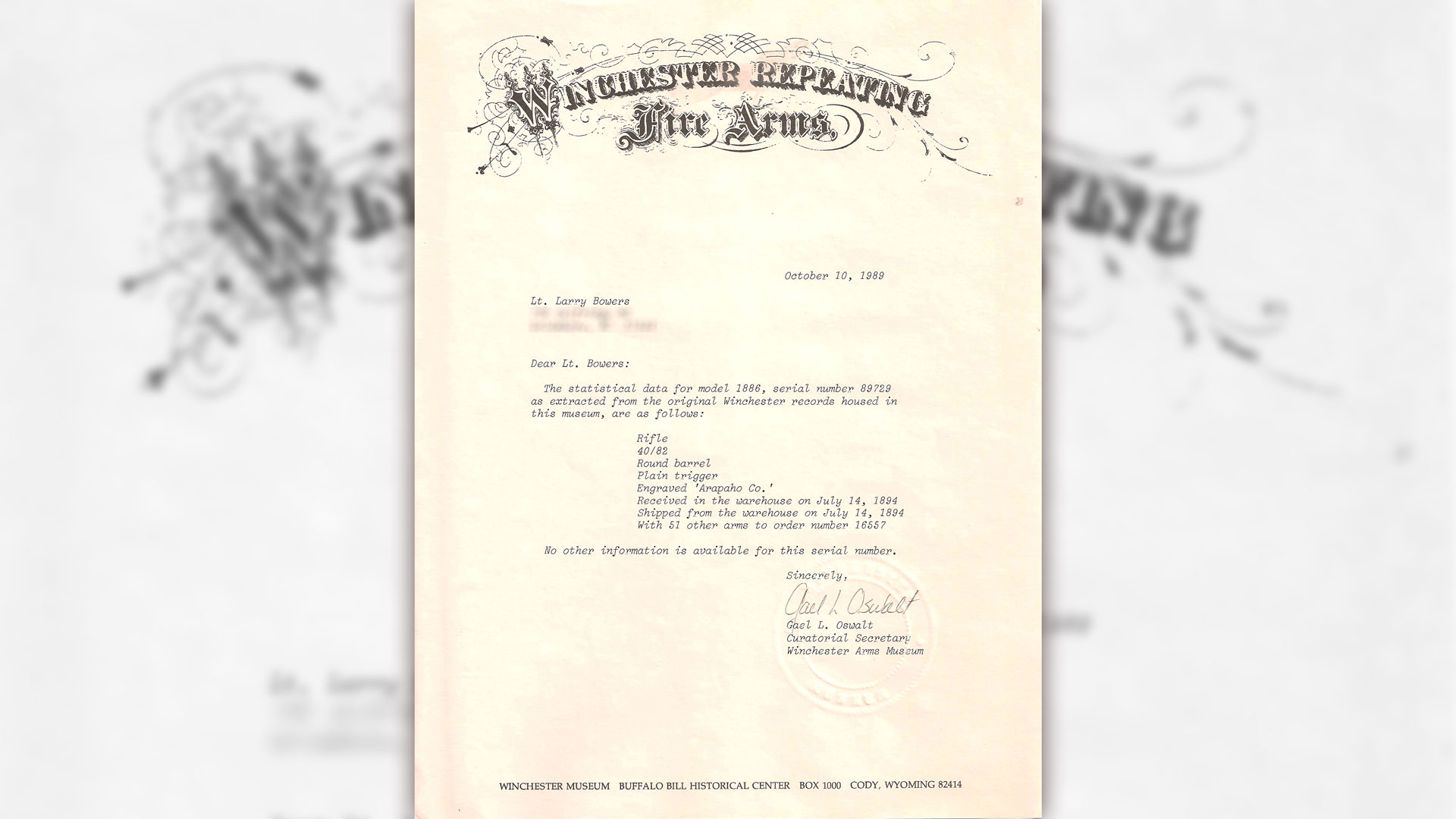


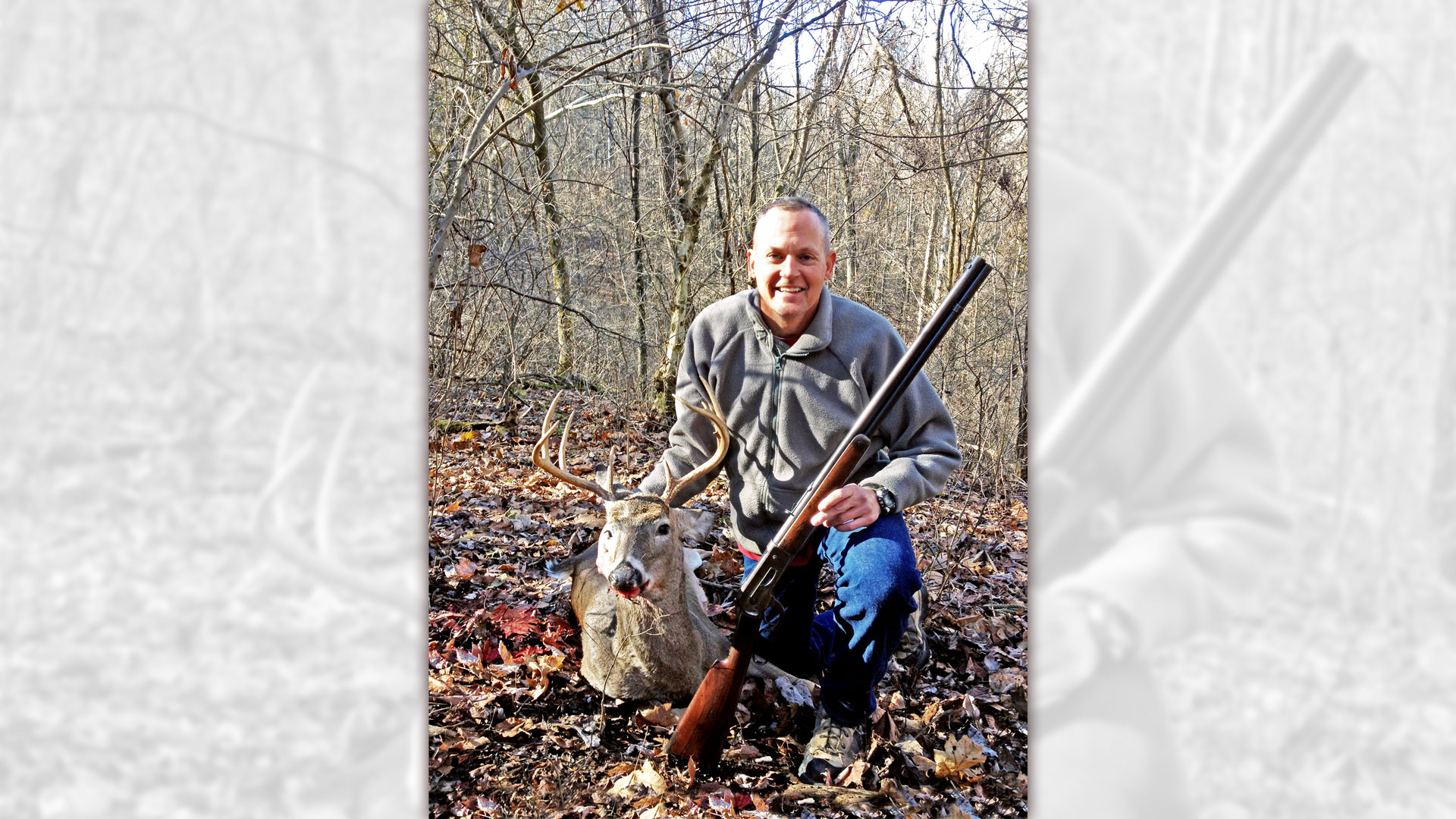
very nice story !